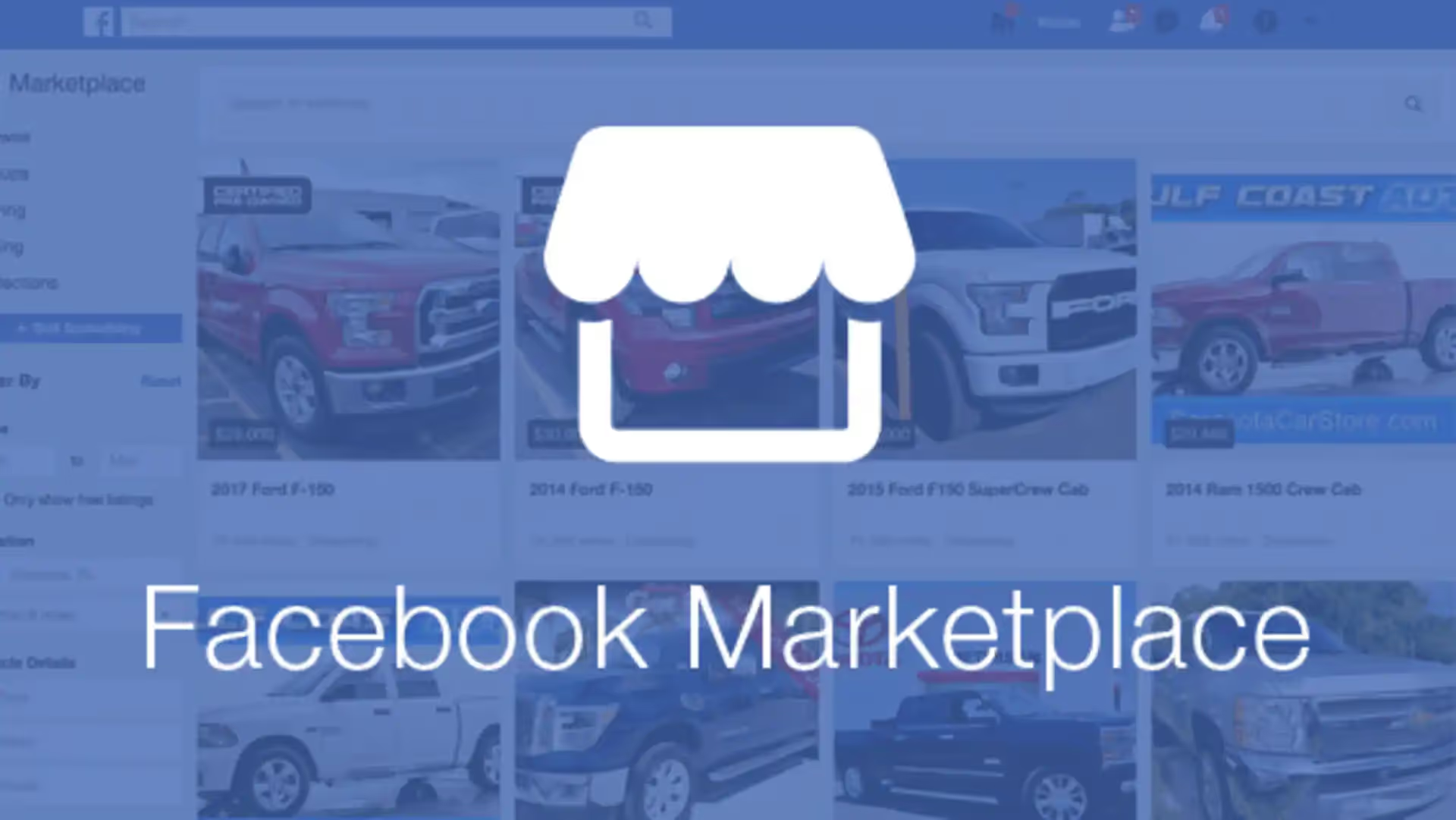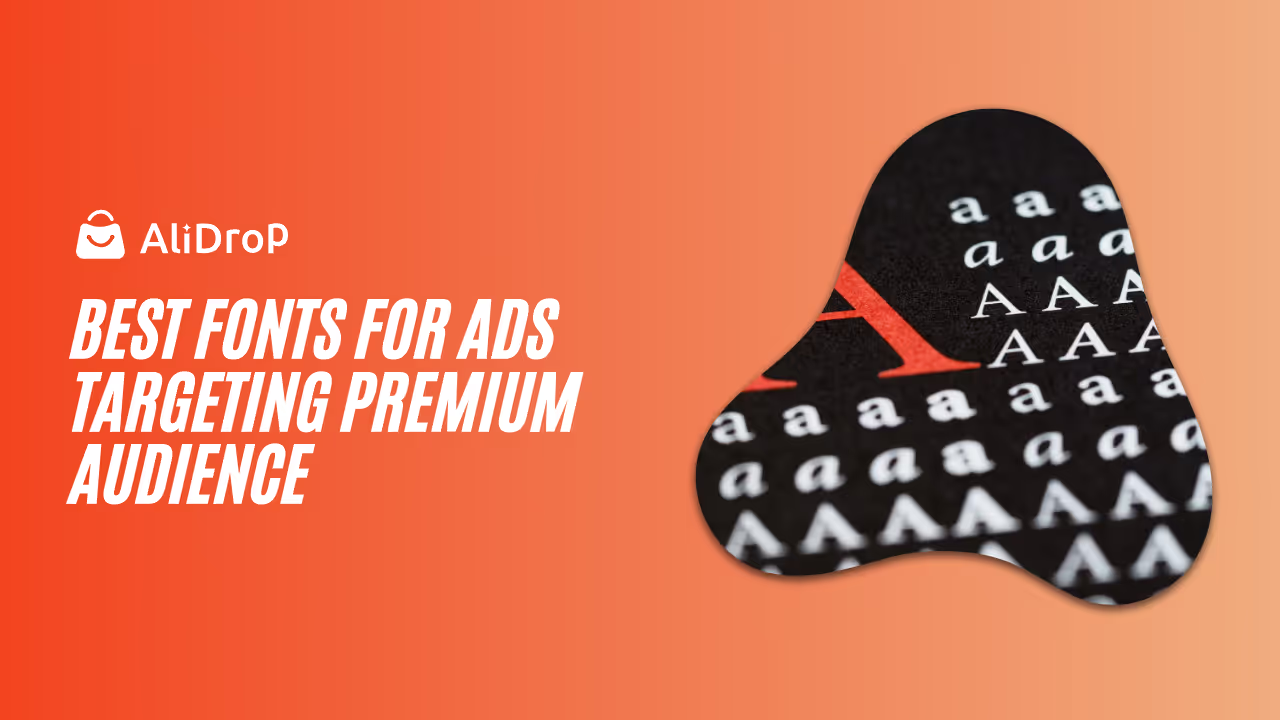Facebook Marketplace has become one of the most used selling platforms on the internet, drawing millions of sellers who want to reach buyers without the steep costs of traditional marketplaces. A 10% cut on a shipped order might sound small at first, but it adds up quickly when combined with payment processing costs, shipping supplies, and the risk of chargebacks.

Meta has also confirmed that checkout on Facebook and Instagram will be phased out at the end of August 2025, with Shopify-powered sellers moving entirely to Shopify Payments while others will no longer use Meta’s checkout system. Let’s learn all about Facebook Marketplace fees below.
What is Facebook Marketplace?
Facebook Marketplace started as a peer-to-peer exchange inside the Facebook app, but it has grown into a key sales channel for both casual sellers and small businesses. It gives every Facebook account holder the ability to list items without paying to post, making it an easy entry point into online selling.
Marketplace connects people who want to buy and sell items in their local area. You can post photos, set a price, and handle pickup details through Messenger. Buyers search by category, price range, or location, which means your listing has the chance to appear in front of thousands of people in your city within minutes. Because transactions happen directly between buyer and seller, local sales remain free of any fees.
Marketplace also supports shipped transactions, which expand your reach beyond your neighborhood. If you enable shipping, buyers anywhere in the country can purchase through Facebook’s checkout system. That convenience comes with a cost: Meta deducts a commission and, in some cases, additional processing fees.
Facebook Marketplace Fees Breakdown in 2025
Here is a complete breakdown of Facebook Marketplace fees in 2025:
Local Pickup Sales
Local pickup remains the most profitable way to sell on Facebook Marketplace because you keep every dollar of the sale. When you agree to meet a buyer in person and accept cash or an external payment method such as Venmo, Cash App, or Zelle, Meta does not take a cut. That means if you sell a couch for $200 and accept cash, you keep the full $200.
The only costs you might face are optional, such as fuel to drive to a meeting point or time spent coordinating with the buyer. Still, the absence of transaction fees makes this the strongest option for sellers with bulky items, household goods, or products that appeal to local demand.
Shipped Orders via Marketplace Checkout
If you enable shipping on Facebook Marketplace, every transaction goes through Meta’s checkout system. This convenience gives you access to buyers outside your local area, but it comes with a commission. Meta takes 10% of the total sale price, including the item cost, shipping, and tax. There is also a minimum fee of $0.80 per order.
For smaller items priced under $8, Meta applies a flat fee of $0.40. While that may sound small, on low-value products the deduction can wipe out most of your profit margin. For example, selling a $6 phone case means you receive $5.60 before considering packaging or postage.
You are also responsible for shipping costs. If you use prepaid shipping labels provided through Marketplace, you pay the rate directly from your payout. These costs stack on top of the 10% commission. Sellers who do not calculate these expenses carefully often find their earnings eroded faster than expected.
Processing Fees on Facebook & Instagram Shops
If you sell through Facebook or Instagram Shops, processing fees depend on how you set up your account. Sellers who connect through Shopify pay transaction fees directly to Shopify, while those who use Commerce Manager or third-party platforms pay Meta’s processing fees.
For Shopify merchants, every Marketplace or Instagram order is treated the same as a normal website order. If you use Shopify Payments, Shopify deducts its standard percentage, which varies based on your plan. That means Meta does not add an extra cut, but your usual Shopify rate applies.
For sellers who do not use Shopify, Meta collects a processing fee automatically. The current rates are:
- 2.9% of the transaction total for card or Shop Pay payments
- 3.49% for PayPal-branded checkouts
These percentages apply to the entire transaction amount, including taxes, delivery fees, and surcharges.
Here’s a simple example. If you sell a $10 product and the buyer pays with a credit card, Meta deducts $0.29. Your payout is $9.71 before considering packaging or shipping. That figure may appear small, but at scale the deductions add up.
Chargeback Fees
A chargeback happens when a buyer disputes a payment through their bank or card provider. On Facebook Marketplace, if the case is decided in the buyer’s favor, you lose both the sale amount and an additional $20 fee. That penalty applies to sellers who use Commerce Manager or third-party systems. Shopify sellers have chargebacks managed directly by Shopify, and their dispute process follows Shopify’s rules.
You can lower your risk by always uploading tracking numbers, responding quickly to messages, and keeping receipts or proof of delivery. Clear communication and reliable fulfillment reduce the chances of disputes escalating into costly chargebacks.
Advertising Costs
Listing on Facebook Marketplace is free, but if you want to reach more buyers, you can pay for ads. Meta offers promotion through Advantage+ campaigns, which push your listings across Facebook, Instagram, and Messenger. You set either a daily or lifetime budget, and charges stop once you hit that limit.
Ad costs vary depending on competition for your audience, your bid, and your chosen format. Unlike selling fees, ad spending is optional, but many sellers invest to gain visibility.
The End of Facebook & Instagram Checkout (August 2025 Update)
Meta has confirmed that its built-in checkout system for Facebook and Instagram will no longer be available after the end of August 2025. This decision affects every seller who currently processes payments through Shops, whether connected through Shopify or Commerce Manager.
For Shopify sellers, the transition is simple. Orders placed on Facebook or Instagram will automatically flow through Shopify Payments, just like sales from their websites. That means Shopify continues to charge its normal transaction fees, and Meta will no longer deduct a separate processing percentage. Sellers on Shopify can continue operations without interruption, though they will notice that all billing now appears under Shopify rather than Meta.
For sellers who joined Shops using Commerce Manager or a third-party platform, the change is more disruptive. Once Meta disables checkout, these sellers will lose the option to process payments inside Facebook or Instagram. Instead, buyers will need to complete transactions off-platform, either by paying in person, using external apps, or being redirected to another ecommerce site. Since Meta’s 2.9% and 3.49% processing fees will disappear, you will not lose money to those deductions, but you must create new systems for payment and fulfillment.
This change signals Meta’s shift away from building its own checkout infrastructure and toward supporting integrations. While the removal might frustrate sellers who relied on a single dashboard, it also lowers barriers for casual users. Local sales will remain free, shipped orders will continue under the Marketplace fee rules, and Shopify users will keep their established workflow.
If you sell on Facebook or Instagram in 2025, you should plan ahead for this update. Confirm your payment setup, notify buyers if changes affect how they pay, and test your systems before the deadline. Preparing early will prevent interruptions in sales once checkout disappears.
Hidden & Overlooked Costs of Selling
While official Marketplace fees get most of the attention, other expenses quietly reduce profit margins. Sellers who ignore these hidden costs often wonder why their payouts feel smaller than expected.
One of the biggest overlooked costs is packaging. Boxes, bubble wrap, tape, and labels may seem cheap, but they add up quickly when shipping dozens of orders each week. Unless you build those expenses into your prices, every sale chips away at your earnings.
Another hidden expense is the time you spend dealing with buyers. Local sales often involve long message threads, last-minute cancellations, or buyers who simply do not show up. Each wasted trip or rescheduled meeting eats into your effective profit, even if the transaction itself has no platform fees. Online transactions bring their own delays, as payout schedules can stretch to five or seven business days. For sellers who need cash quickly, that lag can create financial pressure.
What Else to Watch Out For?
You should also factor in opportunity cost. Selling a $10 item that requires packaging, shipping, and multiple messages may return less profit than focusing on higher-value products. When your time is limited, small sales can feel more expensive than they appear on paper.
Finally, disputes and returns present a real risk. Even if you win a case, the time spent providing documentation takes energy away from new sales. If you lose, the $20 chargeback fee cuts directly into profits. By tracking these less obvious costs alongside official fees, you can make better pricing decisions and choose sales methods that truly protect your margins.
Best Profitable Facebook Marketplace Business Strategies
Here is how you can make more profits:
Smart Pricing with Fees in Mind
Every seller must set prices that cover costs and still attract buyers. On Marketplace, the 10% fee on shipped items can shrink margins quickly, so you need to build it into your price from the start. For example, if you sell an item for $20, expect $2 to disappear in fees before packaging or postage. To stay profitable, calculate backwards from the price you want to keep after deductions.
Psychological pricing can also help. Setting a product at $19.95 rather than $20 feels cheaper to buyers but still leaves room for your margin. Overpricing to cover fees may scare buyers away, so balance competitiveness with profitability by knowing the minimum you can accept.
Bundle Low-Cost Products
Low-value products often suffer the most from Marketplace fees. Selling a $7 item means Meta takes $0.40, which can erase nearly all your margin once packaging and shipping enter the equation. Bundling several items into a single listing solves this issue by raising the average order value.
For example, instead of listing a single charging cable, sell a three-pack. A $21 sale with a 10% fee still leaves far more room for profit than three separate low-value orders. Buyers feel they receive more for their money, and you reduce the number of transactions that fees can cut into.
Prioritize Local Pickup When Possible
Local pickup keeps your entire sale amount intact because Meta does not apply fees to in-person exchanges. This method works especially well for bulky goods such as furniture, appliances, or exercise equipment, where shipping would cost more than the item itself.
You can encourage local buyers by mentioning “pickup only” in your listing, suggesting popular public meeting spots, and keeping your communication prompt. Many sellers also find success by offering small discounts for cash transactions, which motivates buyers to commit.
Work With Reliable Suppliers
Unreliable suppliers create delays that lead to angry buyers and costly disputes. If a package arrives late or never shows up, the buyer can file a claim, and you risk losing both the product cost and a $20 chargeback fee. That loss wipes out profit from multiple successful orders.
You should test suppliers before listing products. Order samples, track shipping times, and check packaging quality. You can also use Alidrop to source winning products. It will help you find the best US and EU suppliers who sell on the Facebook Marketplace too.
Use Automation Cautiously
Dropshipping automation can reduce manual work by syncing product data, adjusting prices, and updating stock levels. On Facebook Marketplace, however, Meta monitors seller activity, and patterns that look unnatural may cause restrictions. If you automate too aggressively, you risk having listings hidden or accounts flagged.
The safer path is to set automation on longer intervals that mirror human behavior. For example, adjust stock levels every few hours instead of every few minutes. This still keeps your listings accurate without triggering suspicion. You can also automate repetitive tasks such as sending tracking details after shipping, which saves time while maintaining professional communication with buyers.
Facebook Marketplace vs Other E-commerce Platforms
Sellers often ask how Facebook Marketplace compares with other major e-commerce platforms. The answer depends on what you sell, your margins, and how you handle transactions. Here’s the gist:
Facebook vs eBay
On eBay, most categories carry a 12.9% final value fee plus a $0.30 per-order charge. That makes eBay more expensive than Facebook’s 10% Marketplace fee, though eBay offers broader protections for sellers, including structured dispute resolution.
Facebook vs Amazon
Amazon charges referral fees that average 15% across categories, with some items even higher. On top of that, professional sellers pay a monthly subscription. While Amazon offers unmatched buyer trust and massive reach, its fee structure can quickly erode profits for small sellers.
Facebook vs Mercari
Mercari’s fee is 10% of the sale price plus a $0.30 processing charge. That puts it close to Facebook Marketplace in cost, though Mercari has fewer active users and lacks the social features that help listings spread organically on Facebook.
Where Facebook Wins and Loses
Compared with these platforms, Facebook stands out for its zero-cost local sales and unlimited free listings. Sellers can post as many products as they want without insertion fees or subscriptions. This makes Marketplace attractive for casual sellers and beginners who want to test products before investing heavily.
The trade-off is weaker seller protection. Meta provides limited recourse in disputes, and chargeback fees remain high. By contrast, eBay and Amazon give sellers clearer resolution paths, even though their fees are higher.
Conclusion
Local pickup is still the most profitable path since Meta does not deduct anything from those transactions. Shipped orders carry a 10% fee plus shipping costs, and Shops add processing charges unless managed through Shopify. Extra costs such as packaging, payout delays, and disputes also matter. Sellers who calculate these details, keep strong communication with buyers, and work with dependable suppliers protect more of their earnings. But the good news is that Facebook Marketplace remains attractive thanks to its free listings and large audience.
Facebook Marketplace Fees FAQs
Does Facebook Marketplace charge to list items?
No, Marketplace does not charge listing fees. You can post unlimited items in categories such as household goods, electronics, or vehicles without paying upfront. Fees only apply when a shipped order goes through Meta’s checkout system.
How much does Facebook take per sale?
For shipped orders, Meta deducts 10% of the total transaction or a minimum of $0.80. Items priced under $8 are charged a flat $0.40. Local pickup sales remain free, so you keep the entire amount if you exchange the product in person.
Can you sell without paying fees?
Yes. If you complete transactions through local pickup and accept cash or an external payment app, Meta does not collect fees. This method works best for bulky goods and higher-value items where deductions would otherwise cut into your profit.
How do you get paid on Marketplace?
For shipped orders, payments release to your bank account after the buyer confirms delivery or tracking shows the package has arrived. The timeline is usually five to seven business days. For local transactions, you receive payment directly from the buyer.
Are Facebook Marketplace fees worth it?
For many sellers, yes. Even though the 10% fee on shipped items can shrink margins, Marketplace remains less expensive than Amazon or eBay in most categories. The key is choosing whether to sell locally or through shipping based on your product type and profit goals.


















.avif)





